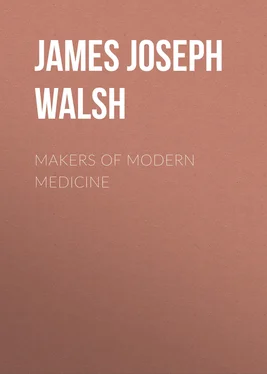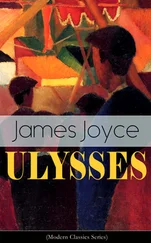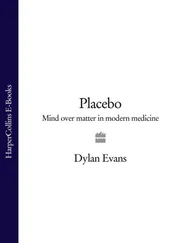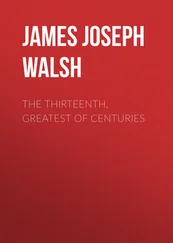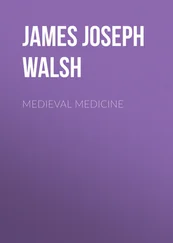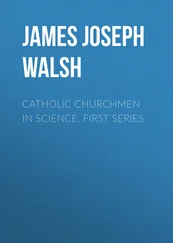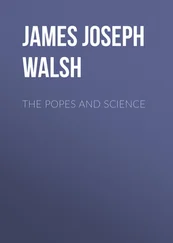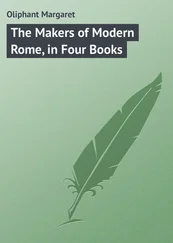James Walsh - Makers of Modern Medicine
Здесь есть возможность читать онлайн «James Walsh - Makers of Modern Medicine» — ознакомительный отрывок электронной книги совершенно бесплатно, а после прочтения отрывка купить полную версию. В некоторых случаях можно слушать аудио, скачать через торрент в формате fb2 и присутствует краткое содержание. Жанр: foreign_prose, Медицина, foreign_antique, на английском языке. Описание произведения, (предисловие) а так же отзывы посетителей доступны на портале библиотеки ЛибКат.
- Название:Makers of Modern Medicine
- Автор:
- Жанр:
- Год:неизвестен
- ISBN:нет данных
- Рейтинг книги:3 / 5. Голосов: 1
-
Избранное:Добавить в избранное
- Отзывы:
-
Ваша оценка:
- 60
- 1
- 2
- 3
- 4
- 5
Makers of Modern Medicine: краткое содержание, описание и аннотация
Предлагаем к чтению аннотацию, описание, краткое содержание или предисловие (зависит от того, что написал сам автор книги «Makers of Modern Medicine»). Если вы не нашли необходимую информацию о книге — напишите в комментариях, мы постараемся отыскать её.
Makers of Modern Medicine — читать онлайн ознакомительный отрывок
Ниже представлен текст книги, разбитый по страницам. Система сохранения места последней прочитанной страницы, позволяет с удобством читать онлайн бесплатно книгу «Makers of Modern Medicine», без необходимости каждый раз заново искать на чём Вы остановились. Поставьте закладку, и сможете в любой момент перейти на страницу, на которой закончили чтение.
Интервал:
Закладка:
James J. Walsh
Makers of Modern Medicine
PREFACE
The present volume is published at the solicitation of many friends who have read the articles contained in it as they appeared at various times in magazines and who deemed that they were worth preservation in a more permanent form. The only possible claim for its filling a want lies in the fact that it presents these workers in medicine not only as scientists but also and especially as men, in relation to their environment, social, religious and educational. I have to thank the editors of the Messenger, Donahoe's Magazine, The Catholic World and the Records of the American Catholic Historical Society , for permission to reprint the articles which appeared in their periodicals.
The opening chapter, The Making of Medicine, is an abstract from the introductory lecture of the course in the history of medicine at the Fordham University Medical School, New York. Much of the material for the article on the Irish School of Medicine was gathered for a lecture before the Historical Club of Johns Hopkins University and the District Medical Society of the District of Columbia. The sketch of the life of Dr. Jenner has not hitherto been published. All of the other articles have been considerably lengthened and revised.
There are other makers of modern medicine who deserve a place beside those mentioned here, but as the material had reached the amount that would make a good-sized volume it {viii} was thought better to proceed with the publication of the first series of sketches, which will be followed by others if conditions conspire to encourage any further additions to our not very copious English medical biography. A subsequent volume will contain sketches of the lives of old-time makers of medicine in the fifteenth, sixteenth and seventeenth centuries, the men who laid the firm foundations of our medical science of the present day.
I have to thank my friend of many years and brother alumnus of Fordham University, Dr. Austin O'Malley, of Philadelphia, for reading the proofs and for suggestions while the book was going through the press.
THE MAKING OF MEDICINE
Without History a man's soul is purblind, seeing only the things which almost touch his eyes.
--Fuller, Holy and Profane State , 1641.Our generation, in this no more self-concentrated than many another, has prided itself so much on the progress it has achieved in science that it has in its interest in the insistent present rather neglected the claims of the history of science. There has been the feeling that our contemporaries and immediate predecessors have accomplished so much as to put us far beyond the past and its workers, so that it would seem almost a waste of time to rehearse the crude notions with which they occupied themselves. In no one of the sciences is this truer than in medicine. Yet it seems likely that no more chastening influence on the zeal for the novel in science, which so often has led this generation astray, could possibly be exerted than that which will surely follow from adequate knowledge of scientific history. In medicine there is no doubt at all that an intimate acquaintance with the work of the great medical men of the past would save many a useless investigation into problems that have already been thoroughly investigated, or at least would help modern workers to begin at a place much farther on in their researches than is often the custom.
There are other reasons why the knowledge of the history of medicine cannot but prove of great service to the present generation. We are entering upon a time when original research as the main business of selected lives, in contra-distinction to the few hours a day or even a week that the medical practitioners of a few generations ago could steal from their busy lives, is becoming more and more the rule. A consideration then of the methods by which advances in medicine were made in the past, of the character of the men to whom we owe the ground-breaking discoveries, of the way in which such discoveries were accepted or rather rejected by contemporaries, for rejection was almost the rule, will serve as a mirror for reflections that will surely be helpful in this day of great institutions of research. It must not be forgotten, however, that only too often in the past it is in the large institutions that routine work has been done, while the occasional genius has sprung up in circumstances that seemed quite unlikely to be the fostering mother of originality, and there has taken for the world the precious step into the unknown which represents a new departure in medical science.
Prof. Osier's declaration that the world's best work was mainly done by young men was not well received, but no one knew better than he that this is the most salient fact in the history of medical progress. There is practically not a single great discovery in medicine that was not made by a young man under thirty-five. As a rule, indeed, the new departures in medicine came from men who were well under thirty, some of them in fact only at the beginning of their third decade of life. Morgagni's great germinal idea, which made him the father of modern pathology, came to him when he was a student scarcely more than twenty. He then began to take notes on all the morbid appearances that he found in bodies, recognizing very clearly that he must trace out not only the main cause of the disease, but also the subsidiary pathological factors that were at work in the production of the various symptoms of the special case as he had studied it clinically. This idea is so obvious now as to seem impossible to be missed; yet scarcely a century ago it constituted the foundation-stone of modern pathology.
Auenbrugger, who laid the foundation of modern physical diagnosis by his observations upon percussion, began the work when he was under twenty-five, at the Spanish Hospital in Vienna, and carried it out to a completely successful issue absolutely without any encouragement from the great masters of the Vienna school. As a matter of fact, they rather pooh-poohed the idea that this foolish drumming, as one of them is said to have termed it, could ever amount to anything in enabling physicians to recognize pathological conditions within the chest. For twenty-five years after the publication of his little book, Auenbrugger's discovery attracted no attention. Laennec, who followed Auenbrugger in the development of physical diagnosis, set himself the much harder problem of constructing a system of auscultation when he was in his early twenties, studied the subject for twelve years and then published the book on it when he was as yet scarcely thirty-five. He accomplished the revolution in medicine that is due to him, though he was never strong and died at the early age of forty-six.
These are only striking examples which show what the young man has accomplished. The same thing was true in other countries. Corrigan wrote his famous essay on the "Permanent Patency of the Aortic Valve" when he was only twenty-nine years of age, and the work for it had been done during the preceding three years, at a hospital in which there were beds for only six medical patients. Trousseau declared this the greatest medical work, from a clinical standpoint, that had ever been accomplished, and hailed young Corrigan as one of the masters of clinical medicine. He maintained that disease of the aortic valve should receive the name Corrigan's disease. Stokes, Corrigan's contemporary and friend in Dublin, wrote his little book on the stethoscope when he was not yet twenty-one, and at a time when the distinguished clinicians of the day were all asking if these young men expected the old physicians to carry this toy about with them and use it for any serious purpose. Graves, also of the Irish school of medicine, made some of the clinical observations on which his reputation is founded, including a short description of characteristic cases of the affection that still bears his name, when he was well under thirty-five.
Читать дальшеИнтервал:
Закладка:
Похожие книги на «Makers of Modern Medicine»
Представляем Вашему вниманию похожие книги на «Makers of Modern Medicine» списком для выбора. Мы отобрали схожую по названию и смыслу литературу в надежде предоставить читателям больше вариантов отыскать новые, интересные, ещё непрочитанные произведения.
Обсуждение, отзывы о книге «Makers of Modern Medicine» и просто собственные мнения читателей. Оставьте ваши комментарии, напишите, что Вы думаете о произведении, его смысле или главных героях. Укажите что конкретно понравилось, а что нет, и почему Вы так считаете.
